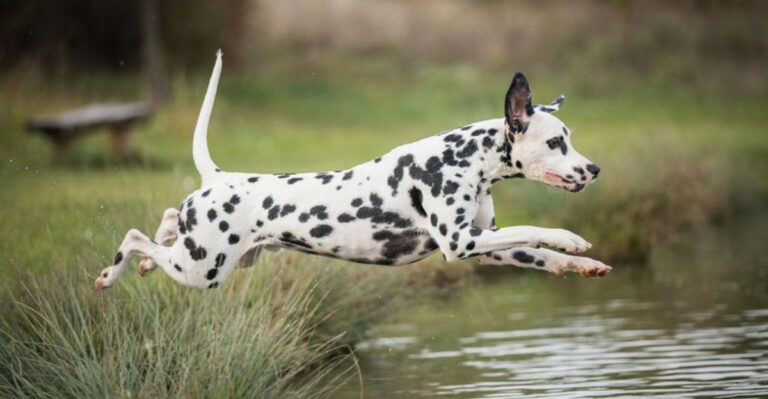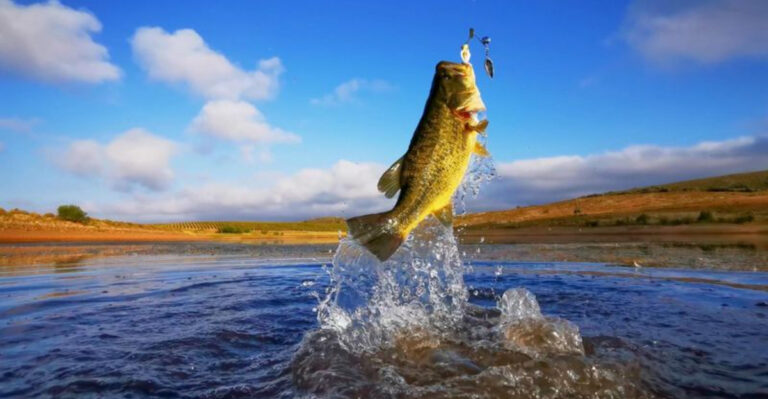13 Essential Differences Between Elk And Deer
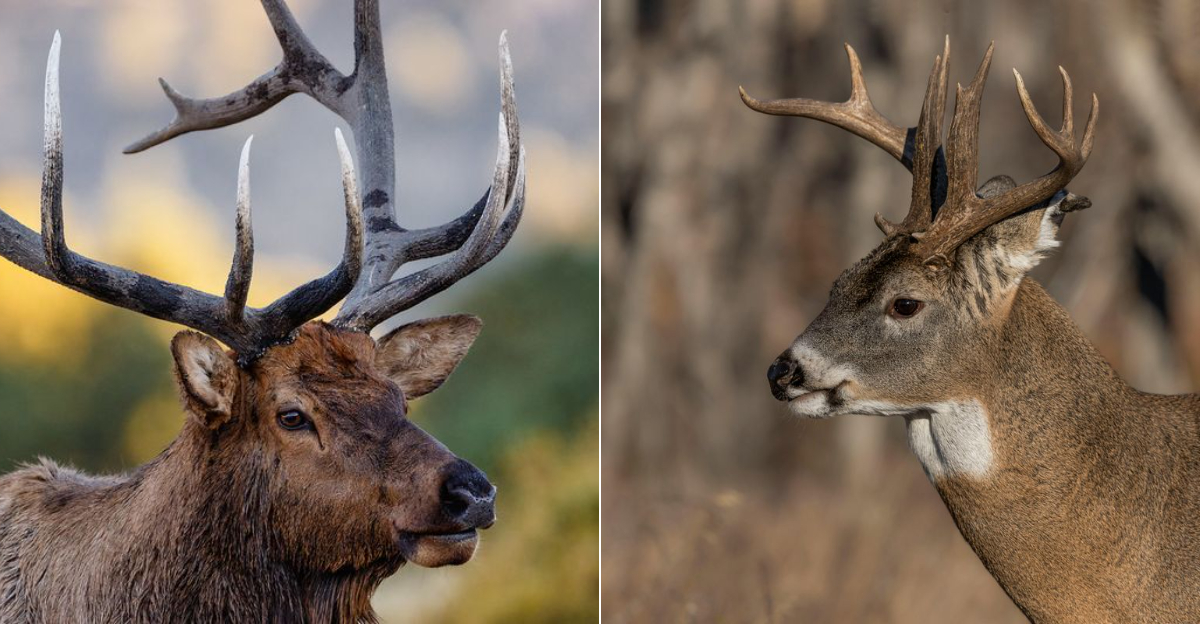
Did you know that not all deer are created equal? In fact, elk and deer, though often lumped together in casual conversation, have some pretty intriguing distinctions.
Let’s take a friendly stroll through the woods to uncover the fascinating variations between these two captivating creatures. From quirky antler styles to surprising habitat preferences, you’ll be delighted by nature’s curious artistry.
1. Antler Differences
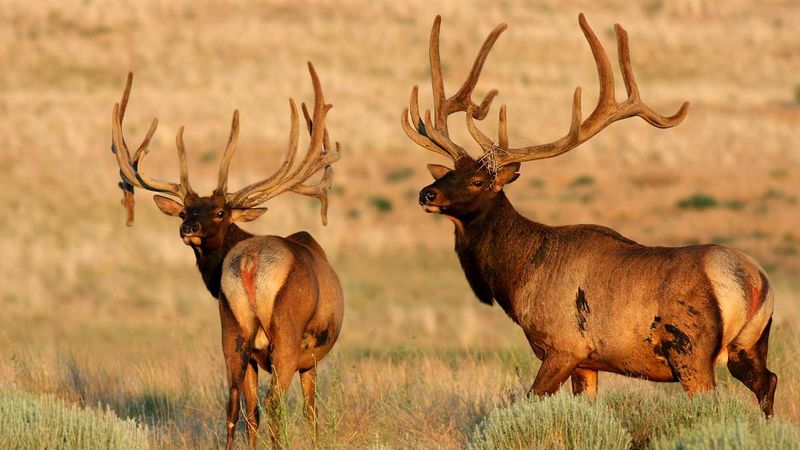
Ever noticed how antlers can resemble nature’s road maps? Elk boast grand, sprawling antlers that branch out like intricate highways, while deer sport more modest, simplified versions.
It’s like comparing a bustling city to a quaint village! These antler variations not only define their appearance but also play a role in seasonal rituals.
2. Size And Stature
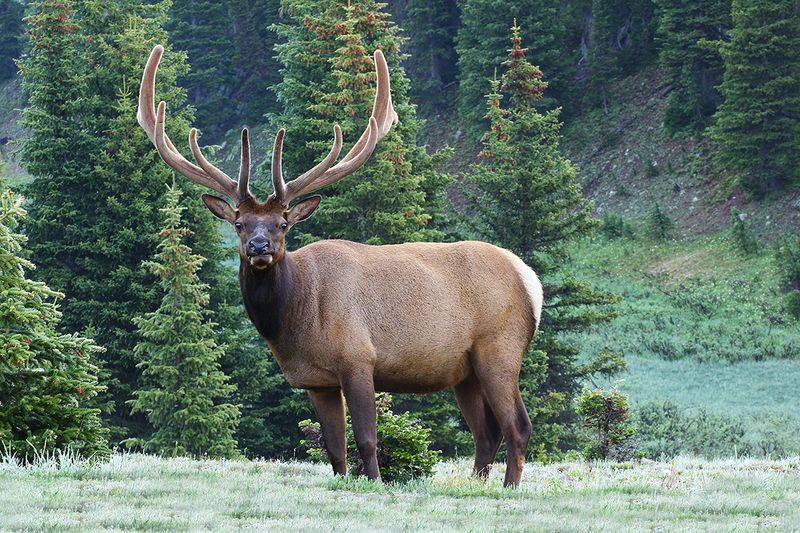
Imagine standing between a basketball player and a gymnast. That’s the elk and deer dynamic!
Elk tower impressively over deer, with males weighing up to 700 pounds, while deer are more petite at about 300 pounds max. Their size difference is not just a matter of numbers – it influences their food choices and survival strategies.
3. Habitat Preferences
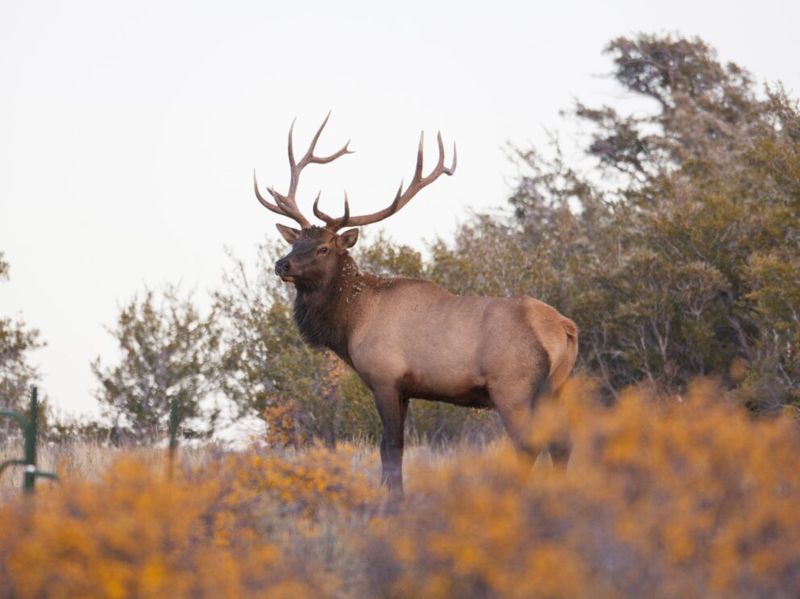
Elk are the mountain adventurers, often found in rugged terrains, while deer are the woodland dwellers, enjoying the shelter of trees. This difference in habitat choice affects everything from their diet to their predators. It’s like two friends choosing different vacation spots: one seeks thrill, the other relaxation.
4. Vocalizations
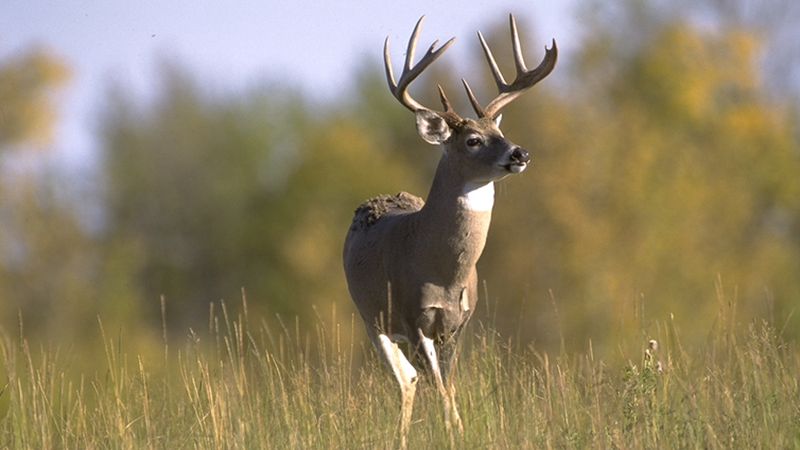
Elk vocalizations are like nature’s orchestral symphony with their bugling calls that echo across valleys. Deer, on the other hand, keep it more low-key with softer grunts and bleats. These vocal differences are not just for show; they’re vital for communication and attracting mates, painting the forest with sound.
5. Feeding Habits
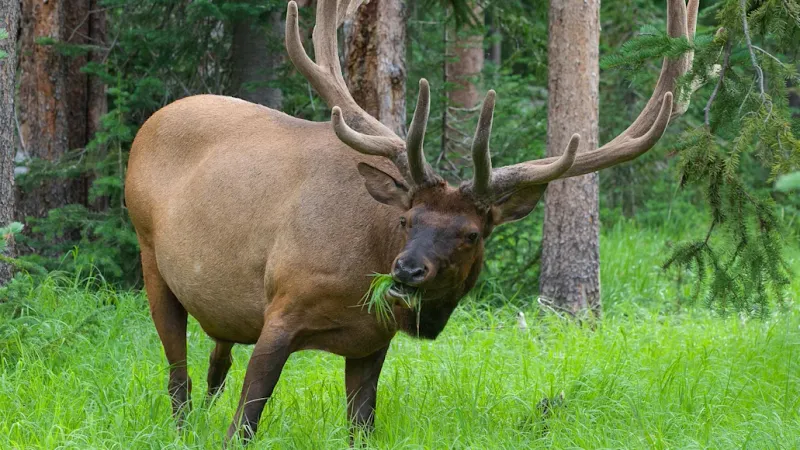
Elk are the grass connoisseurs, grazing in open fields, while deer prefer a more varied diet of shrubs and leaves. Picture elk as the steadfast vegetarians and deer as adventurous foodies. This difference in diet reflects their habitat preferences and plays a crucial role in the ecosystem, affecting plant diversity.
6. Social Structure
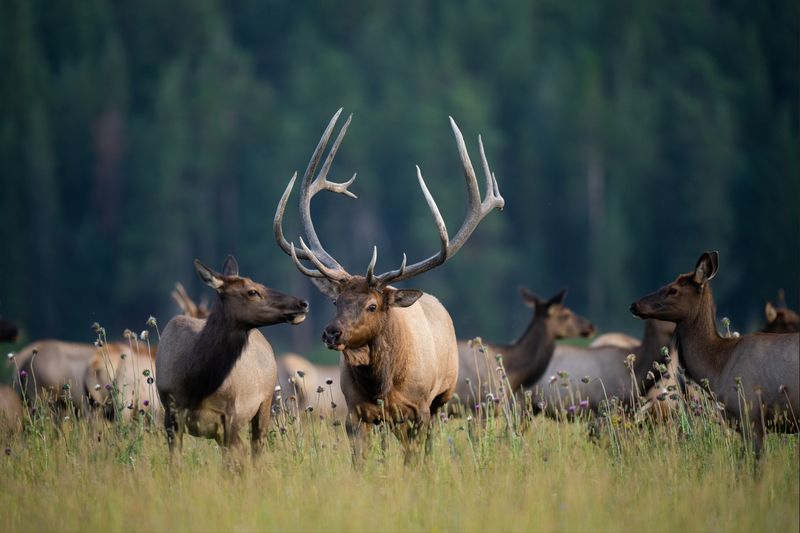
Elk are the social butterflies of the forest, often forming large herds that can be quite the spectacle. Deer, however, enjoy their solitude or smaller groups. It’s like comparing a bustling family reunion with a quiet evening at home. Their social behavior affects not only their survival but also their breeding success.
7. Reproductive Strategies
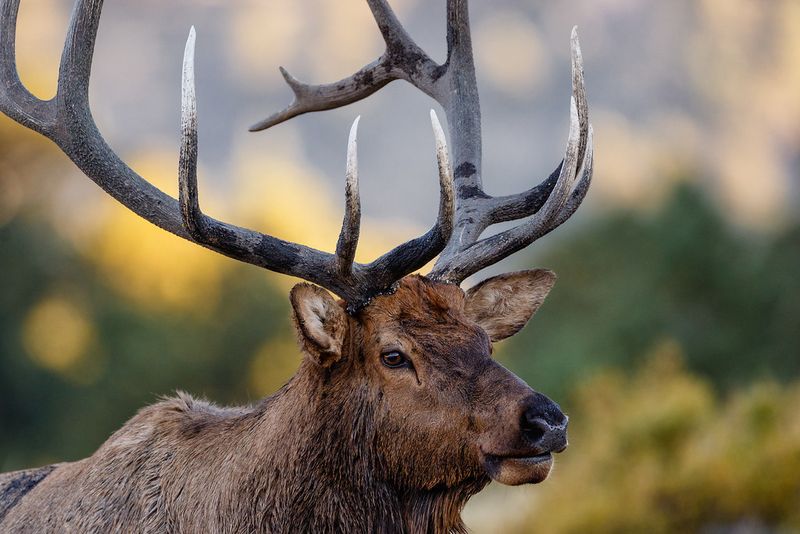
In the world of romance, elk take the harem approach, with one male wooing several females, whereas deer play it more solo, often with monogamous tendencies.
These differing strategies are like nature’s love stories, shaped by their environment and social structures, ensuring the continuation of their exquisite lineages.
8. Coloration And Camouflage
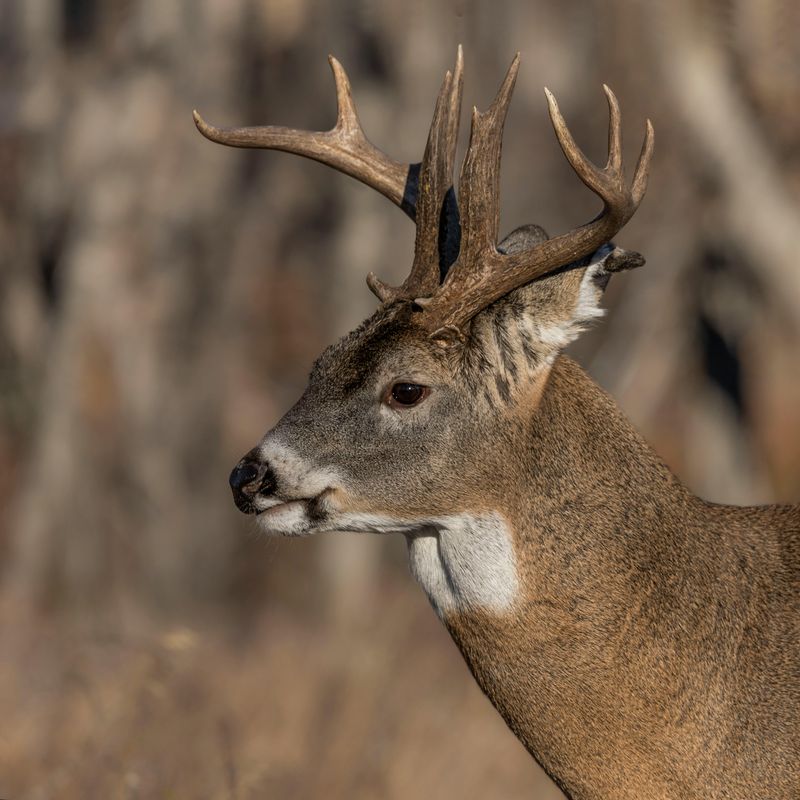
Elk sport darker, more rugged coats to blend into the mountainous shadows, while deer wear lighter, dappled coats for forest camouflage.
This coloration isn’t just about fashion; it’s a strategic survival tool, allowing each to evade predators in their respective habitats. Nature sure knows how to dress its inhabitants!
9. Antler Shedding
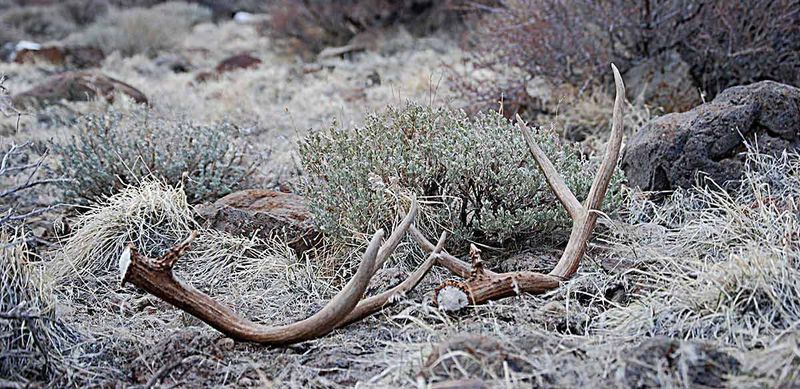
In the seasonal cycle, timing is everything. Elk shed their antlers in spring, a few months after deer, who do so in winter. This timing reflects their differing seasonal behaviors and breeding cycles. It’s like nature’s version of a clock, marking the rhythm of their lives and the changes in their environment.
10. Fur Texture
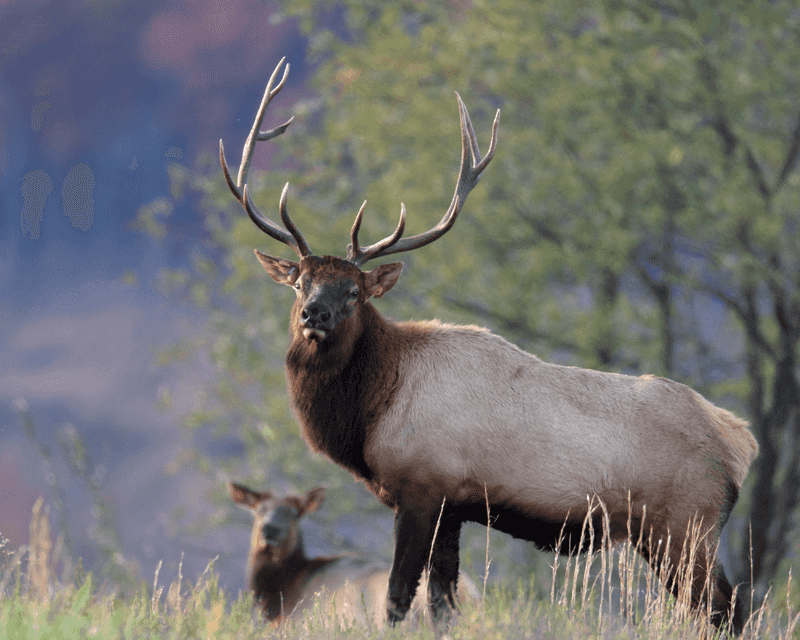
Elk fur feels like a rugged coat built for the elements, while deer fur is soft and plush, more like a luxury throw blanket.
This texture difference isn’t just for touch; it reflects their environmental adaptations, with elk braving harsher climates and deer enjoying milder conditions. It’s all about comfort tailored by nature.
11. Lifespan and Longevity
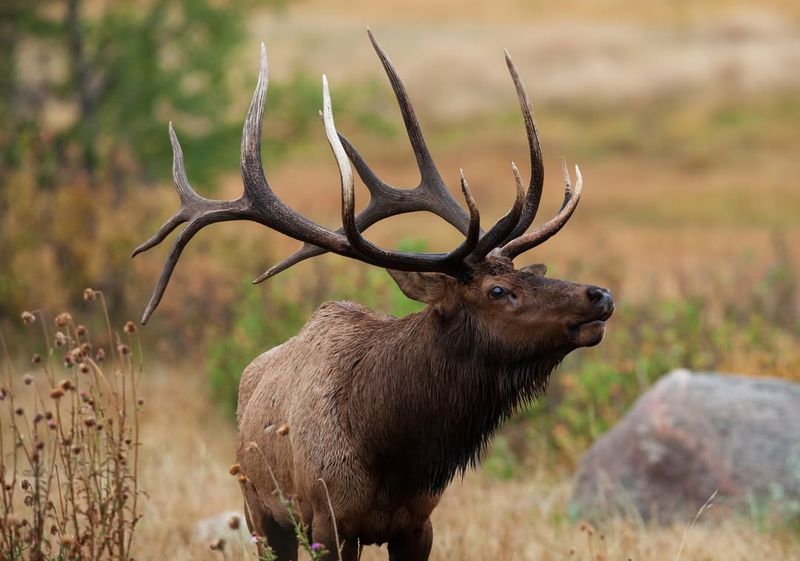
Elk tend to live longer, often reaching up to 20 years, while deer usually have a shorter life span of about 10 years. This longevity isn’t just a number; it influences their life strategies, from breeding to migration. It’s like a long novel versus a short story, each with its own pace and narrative.
12. Hearing Abilities
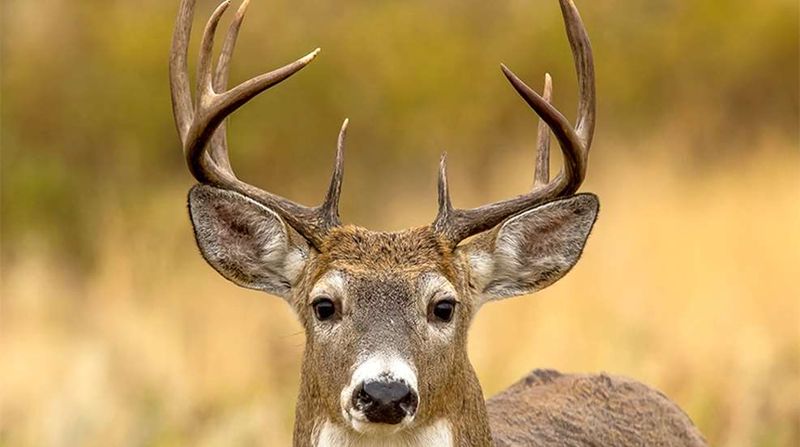
Elk and deer both have keen hearing, but elk ears are like satellite dishes, capturing distant sounds, while deer have a subtler auditory approach. This hearing prowess is vital for detecting predators and communicating within their groups. It’s like having a superpower in the wild, keeping them one step ahead!
13. Historical Significance
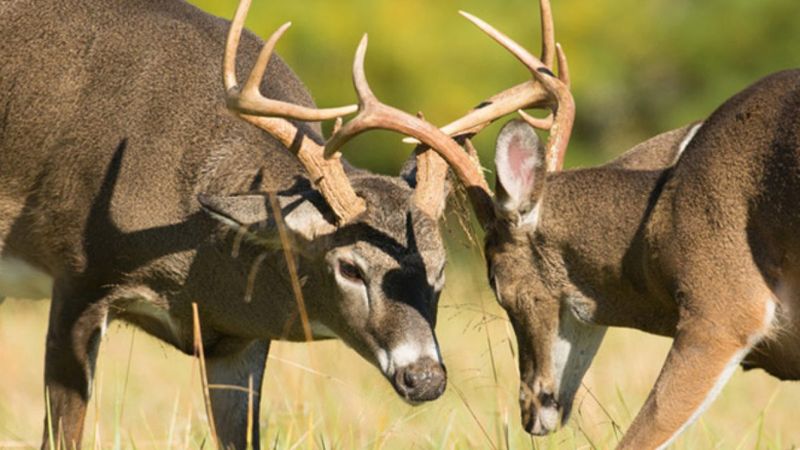
Throughout history, elk and deer have held significant roles in human culture, from ancient rock art to folklore.
Elk were symbols of strength, while deer often represented grace and beauty. This historical significance is more than just stories; it reflects the deep connection between humans and these majestic animals.


